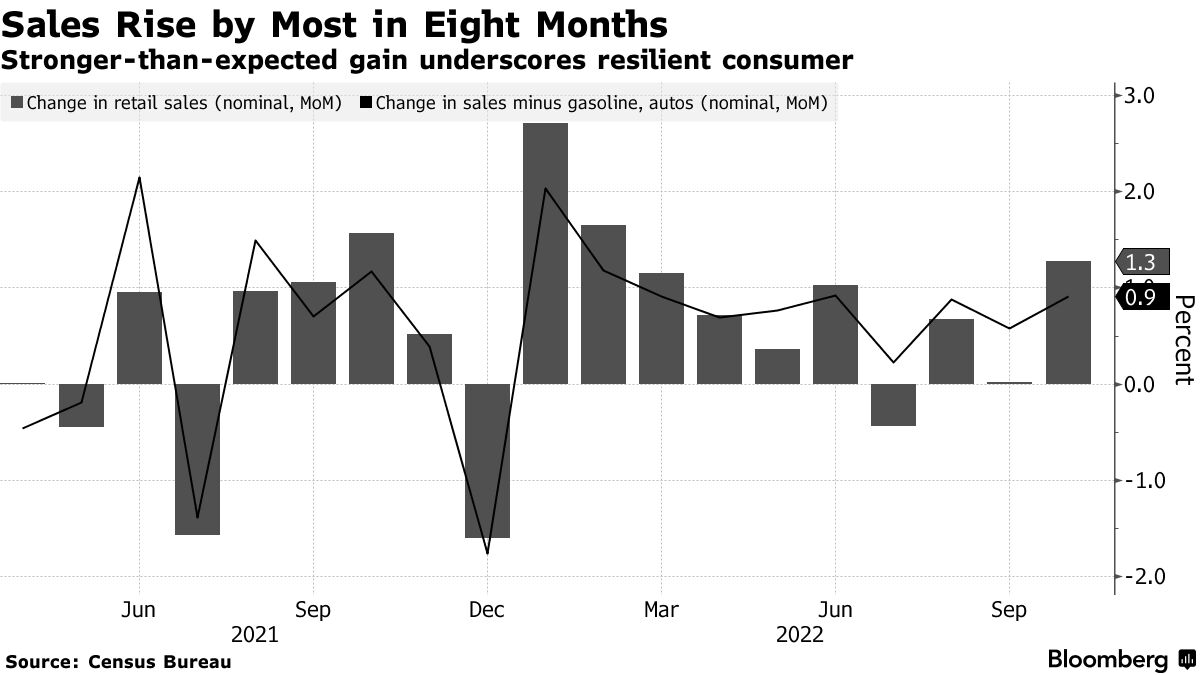Fitch Ratings, a major credit agency, downgraded the US debt rating from AAA to AA+ on Tuesday, citing a “steady deterioration in standards of governance. This downgrade comes in the aftermath of intense negotiations by lawmakers over the debt ceiling earlier this year, which raised concerns about the nation’s potential first default. Additionally, the January 6th insurrection was highlighted as a significant factor impacting US governance during a meeting with Biden administration officials, although it was not mentioned in the official report.
US Debt Losing Its Shine
Traditionally considered the safest haven for investors, the downgrade of the US debt rating to AA+ suggests that its appeal has diminished. The consequences of this action could be far-reaching, affecting everything from mortgage rates for American homeowners to global contracts. Investors may respond by selling US Treasuries, leading to an increase in yields that impact interest rates on various loans.
Fitch’s Rationale for the Downgrade
Fitch justified the rating cut by pointing to several factors, including the expected fiscal deterioration over the next three years, a growing general government debt burden, and an erosion of governance standards compared to countries rated ‘AA’ and ‘AAA. ‘ The credit agency expressed concerns about the recurring debt limit standoffs and last-minute resolutions that have been prevalent over the past two decades, leading to a lack of stability in fiscal and debt matters.
Democrats’ Response to the Downgrade
Treasury Secretary Janet Yellen defined the pass as arbitrary and primarily based totally on previous data. White House press Secretary Karine Jean-Pierre echoed this sentiment and expressed concerns about Fitch’s modeling. Democrats blamed Republican officials for the downgrade, citing their actions that undermine governance, democracy, and contribute to deficit-busting tax policies.
Historical Context of US Debt Downgrades
The last time the US debt was downgraded by a major credit rating agency was in 2011, when S&P took similar action. On both occasions, the debt ceiling was raised only after prolonged negotiations. The 2011 S&P downgrade had significant market impacts, leading to stock market declines and rising bond yields. Prior to that, US debt had enjoyed a perfect AAA rating since 1917, given by Moody’s Investors Service. Fitch’s new AA+ rating puts the US on par with Austria and Finland but below Switzerland and Germany.
Uncertainty About Other Credit Agencies’ Actions
It remains uncertain whether other major credit rating agencies will follow Fitch’s lead. As of now, Fitch is the only agency to place the US on a negative watch. The Biden administration officials have raised concerns about the agency’s modeling but have not commented on potential actions by other agencies.
Market Response to the Downgrade
Markets appeared relatively unfazed by Fitch’s downgrade in after-hours trading. The Dow Jones Industrial Average, S&P 500, and Nasdaq-100 futures all saw modest declines of less than 1% following the announcement. However, former Treasury Secretary Larry Summers criticized Fitch’s decision as “bizarre and inept,” particularly given the perceived strength of the US economy.
Conclusion
Fitch Ratings’ downgrade of the US debt from AAA to AA+ has raised concerns about the nation’s governance and fiscal stability. The implications of this action extend beyond financial markets, potentially impacting mortgage rates and global contracts. The response from the Biden administration and Democrats has been one of strong disagreement, highlighting concerns about Fitch’s modeling and blaming Republican officials for contributing to the downgrade. Market reactions have been relatively subdue so far, but the long-term consequences remain uncertain.










